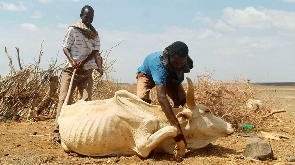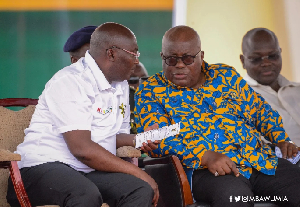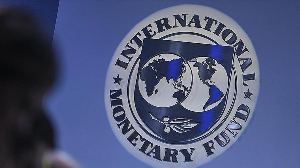East Africa faces a daunting task in mobilising resources to deal with climate change-related shocks including erratic weather — a prolonged drought that fuels food insecurity and flooding leading to loss of life and internal displacement.
Recent estimates by the Intergovernmental Authority on Development (IGAD) show the region needs at least $4.02 billion to implement climate change resilience and mitigation programmes.
The immediate challenge facing countries now is how to raise the billions required to implement the Nationally Determined Contributions (NDCs), which are at the heart of the Paris Agreement. NDCs contain efforts by each country to reduce national emissions and adapt to the impacts of climate change.
Financing options are limited for regional governments which are already choking on debt with the average debt-to-GDP ratio across the region rising sharply to over 50 percent over the last three years.
Concessional IMF funding
In Africa, Rwanda is set to become the first country to access concessional funding from the IMF under its Resilience and Sustainability Facility (RSF) to finance its climate action projects needs $11 billion by 2030, of which $6.9 billion is conditional on new financing. It amounts to spending 8.8 per cent of the country’s GDP each year through 2030.
Rwanda has requested $310 million, which is expected to be approved by the IMF executive board this December.
“Rwanda’s strong policy track record and its well-advanced climate strategy provide a sound basis for an impactful reform agenda. The new Policy Coordination Instrument (PCI), combined with RSF financing, will support the authorities’ efforts to maintain macroeconomic stability, advance structural reforms, including climate adaptation and mitigation, and insure against downside risks…,” said Haimanot Teferra, the deputy division chief for Rwanda, Africa Department on October 7 in Kigali during a press briefing.
Private sector
Rwanda’s Finance Minister Uzziel Ndagijimana told The EastAfrican that the country is considering mobilising more resources from the private sector including issuing a green bond.
According to IGAD, by the end of November 2021, six member states had submitted their updated NDCs and increased their ambitions as well as their chances of donor funding.
In Ethiopia, $316 billion is required, Kenya $62 billion, Somalia $55.5 billion and in South Sudan, $100 billion for the implementation of all NDC interventions and strategies over 10 years. Tanzania says it will need $19.2 billion to mitigate the effects of climate change by 2025.
Selemani Jafo, Tanzania’s Minister of State Office of the Vice President on Union and Environment said the government is taking major steps including preparing the National Environmental Policy for 2021, the National Strategic Plan to Cope with Climate Change 2021, the National Master Plan for Conservation and Environmental Management for 2022-2023 and Guidelines and Regulations of Carbon Trading.
“Tanzania has also implemented various projects to withstand the effects of climate change, including the construction of walls on beaches in Mtwara and Zanzibar Islands, as well as other projects in the sectors of agriculture, livestock, fishing, energy, forestry, industry, IT, and building institutional capacity,” added Jafo.
Africa News of Tuesday, 8 November 2022
Source: theeastafrican.co.ke

















